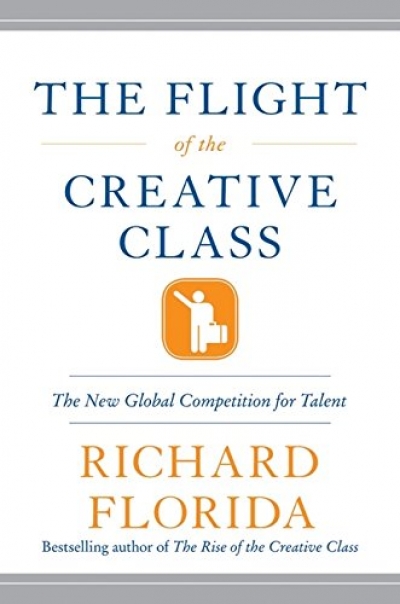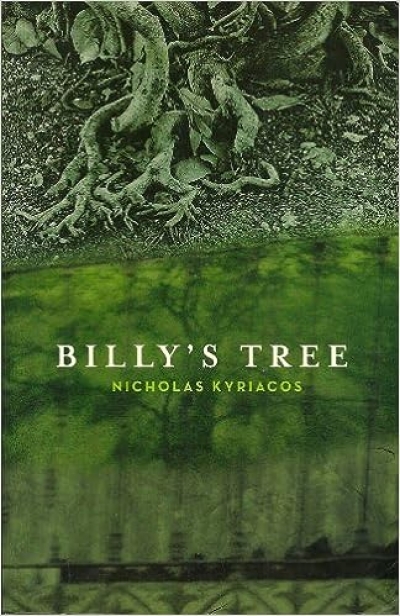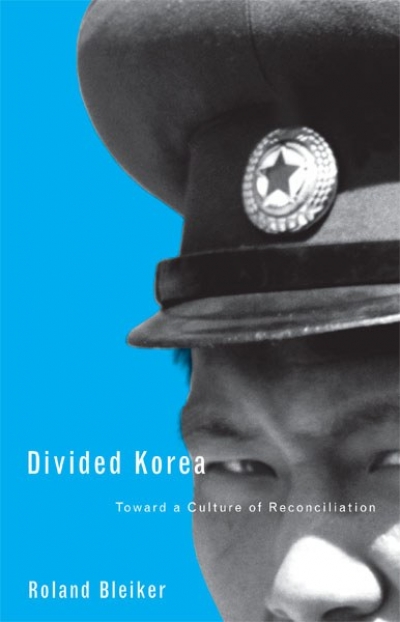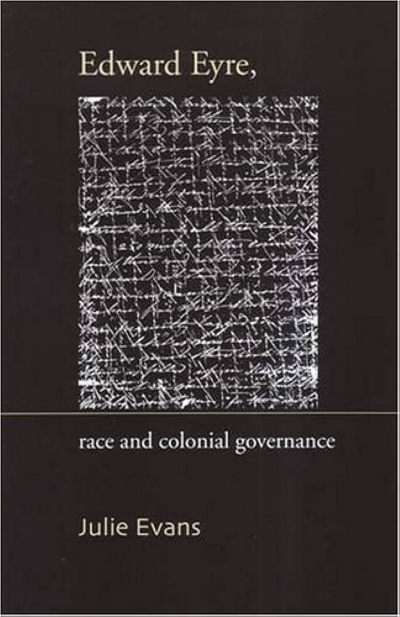Much critical historical interest in Edward John Eyre has centred on the apparently radical contradictions in his life. Known variously as ‘the enlightened defender of Aboriginal rights in Australia, but also as the reviled “butcher of Jamaica” in England and the Caribbean’, Eyre’s notorious career began in the late 1830s and included exploration and colonial administration in Australia, New Zealand and the West Indies, reaching both its apex and nadir while he was governor of Jamaica during 1864–65. Historians have puzzled over how a man who displayed a marked respect for indigenous people during the period from 1839 to 1845, as an Australian explorer, Resident Magistrate and later Protector of Aborigines at Moorunde, could have acted in such a barbarous way as governor of Jamaica after riots broke out in 1865. There have been several biographies and numerous piecemeal studies of Eyre’s colonial career. In Edward Eyre: Race and colonial governance, Julie Evans expands past approaches, attending to the play of power between London and the colonies (amply canvassed earlier in relation to the Morant Bay Jamaica rebellion by Catherine Hall, and extended here), the contradictory constructions of ‘race’ in colonial contexts (derived in part from the postcolonial critiques of Patrick Wolfe) and the distinctly different colonial cultures in which Eyre worked. She aims to confound and refigure the ‘common correlations between race, resistance and repression in the colonies’.
...
(read more)










